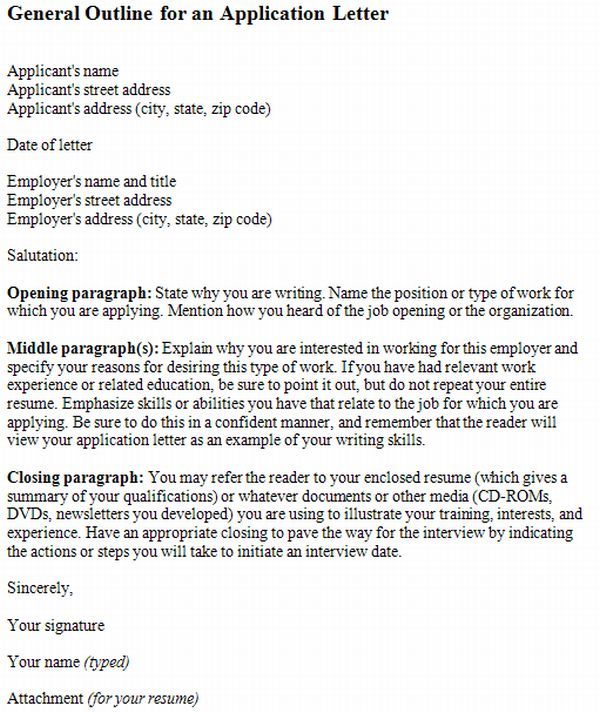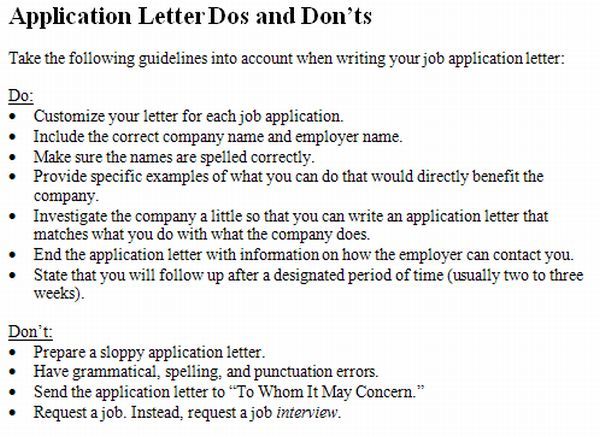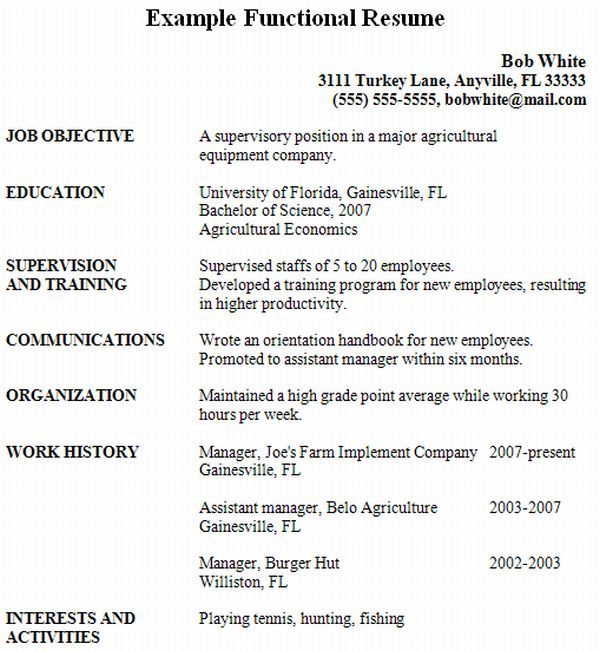This publication about application letter and resume writing is the third of a four-part series on developing effective business communication practices. This series also covers business communication writing, proper telephone communication techniques, and personal statement writing.
Introduction
An application letter, sometimes called a cover letter, is a special kind of business letter that accompanies a resume for a job. A resume is a summary of your education, job experience, and job-related skills that you send to potential employers. From it and the accompanying application letter, potential employers learn about you and decide whether to interview you for a job.
Remember that a potential employer's first impression of you will be based solely on this initial application letter and resume. If the application letter and resume are sloppy, the employer may conclude that you do not care, you do not look after details, and you are not focused. Do your best to make sure your application letter and resume are free of errors and present you in the best possible light.
Application Letters
A resume is important, but the application letter is equally important. Most prospective employers read not only a resume, but also the letter—if not initially, then on the second pass. The application letter is a great opportunity to sell your unique credentials. It provides the employer with a first impression of you.
Writing an application letter is similar to writing any other business letter. However, the emphasis in an application letter is on promoting your abilities, qualities, and characteristics so that the prospective employer believes that you are the right person for the job. The letter details specific experiences that show what you can do for the employer if you are hired. An application letter also gives you the opportunity to demonstrate your writing skills.
Customize your letter for each job application. Such items as including the correct company name and employer name, job title, and contact information are important and make a good first impression. If possible, do not send an application letter to "To Whom It May Concern" or "Dear Sir or Madam." Find out the employer's name and spell the name correctly. Also, make sure you get the employer's gender correct if the name, such as "Chris," "Ashley," or "Jamie," could be either for a male or female. Match the job requirements and desired qualifications with your skills and credentials.
The letter should include an opening paragraph that explains which job you are applying for and how you found out about the job. The body of the letter provides specific examples of activities or courses you have been involved in that make you right for the job. One way to match up your qualities with the mission of the organization is to find out what the company does and some of its recent activities, and then write about how your specific experiences can support that. Much of this information can be found on a company's website. If you are applying for a job at a local company, you may be able to get information about the company by asking people in your community. In addition, the application letter connects the content of your resume to the facts of the specific company and job description. In the letter, do not ask about salary and benefits. Those topics should be covered in the job interview, not in the application letter.
The end of the application letter should include information on how the employer can contact you, and you should request a job interview. Also, you can state that you will follow up after a designated period of time (usually two to three weeks) if you have not heard from the employer. This shows that you are interested in the job, and it provides a timeframe for the employer to get back with you.
Remember that you are not asking for a job in the application letter; you are asking for a job interview. During the interview is when you "push" for a job. The application letter is your foot in the door. In order to get your foot in the door, the application letter must look appealing. Otherwise, you may get your foot slammed in the door.
Also, thank you letters are important components of the job search. Thank you letters can distinguish you from the crowd because so few people write and send them. After a job interview, send a thank you letter. Send the letter within three days following a job interview and tell the interviewer something new about you (possibly something you learned after the interview), relate your skills more clearly to the job you are seeking, and let the employer know why you want to work for the company. In the first paragraph, thank the person for the interview. In the second paragraph, reiterate two or three of your strong points. In the last paragraph, close with another "thank you."
A general outline for an application letter is available at the end of this publication, as is a list of application letter "dos" and "don'ts."
Resumes
Resumes can be written in various formats, but all resumes have certain elements in common. Your name, address, phone number, and e-mail address should be displayed at the top of the resume, usually in boldfaced text. Be sure your e-mail address sounds somewhat professional. Avoid such e-mail addresses as "2hot4u," "iluvcowboys," or other similar addresses. You can never go wrong with a simple e-mail address made up of your full name or just your last name. Try to keep your resume to one page. Place references on a second page.
Other common components to include are education, work experience, and a brief description of honors and awards. In the "education" section, include your major academic interests. Include your grade point average only if you believe it will increase your chances of getting an interview. In the "work experience" section, list any work or major volunteer experience you have done in chronological order, putting the most recent work first. Use verbs that describe what you did. Do not use "worked" as a verb, if at all possible. For example, do not say "worked as a waiter." Instead, say "waited tables." If you are currently working, the verbs for your current job should be in the present tense. For any previous work, verbs should be past tense. All resumes should be objective and factual. False information misrepresents you.
Components that are optional include a professional objective statement, which is usually near the top of the resume. A professional objective statement tells what you hope to achieve and is usually written this way: "To be employed as a customer service representative for a major agricultural business," or "To use my agricultural mechanics skills in a farm implement dealership." The objective statement is optional because everyone's real objective is to get a job interview. Sometimes an objective statement is helpful to the person reading your resume. Including a professional objective statement is up to you. Just make sure that it enhances your resume and does not detract from it.
Another optional section is "interests and activities." Only include interests and activities that you know will enhance your resume. Do not include information that may hinder your chances of getting an interview. In this section you may wish to include volunteer and school activities.
You may want to list contact information (name, phone number, e-mail address) for references on a second page. List three references who can discuss your work experience, educational qualifications, and your character. Examples of references may include a former employer or coworker, a teacher, or a member of the clergy. Do not list family members as references.
Just like the application letter, the resume should be free of misspellings, typographical errors, and grammatical errors. As for the look of the resume, do not use unusual typefaces; use a traditional-looking type style. Also use basic white or off-white paper. Avoid bright or unusual paper colors.
The common formats for resumes are the chronological resume and the functional resume. The chronological resume is probably the more common format. A chronological resume is written in reverse chronological order, with headings grouped by what a person has done, such as "education," "employment experience," and "interests/activities."
The functional resume classifies the experiences that demonstrate your skills and capabilities into categories, such as "professional," "technical," "communication," "leadership," "management," and "sales." A functional resume usually finishes with a reverse chronological listing of your job experiences. Until you have a lot of experiences that you can group together by skills and capabilities, you may not wish to use a functional resume.
Examples of chronological and functional resumes are available at the end of this publication.
Additional Information
Oliu, W. E., Brusaw, C. T., & Alred, G. J. (2020). Writing that works: Communicating effectively on the job (13th ed.). Boston, MA: Bedford/St. Martin's.
Pearsall, T. E. (2009). The elements of technical writing (3rd ed.). Needham Heights, MA: Allyn & Bacon.



